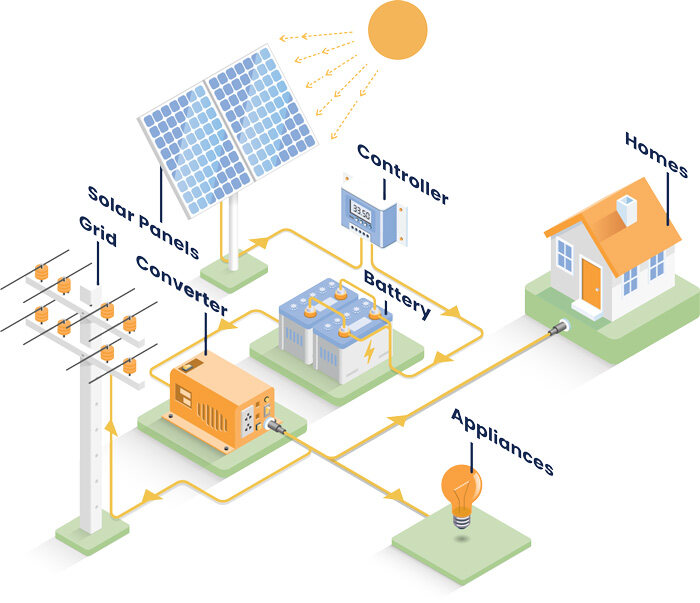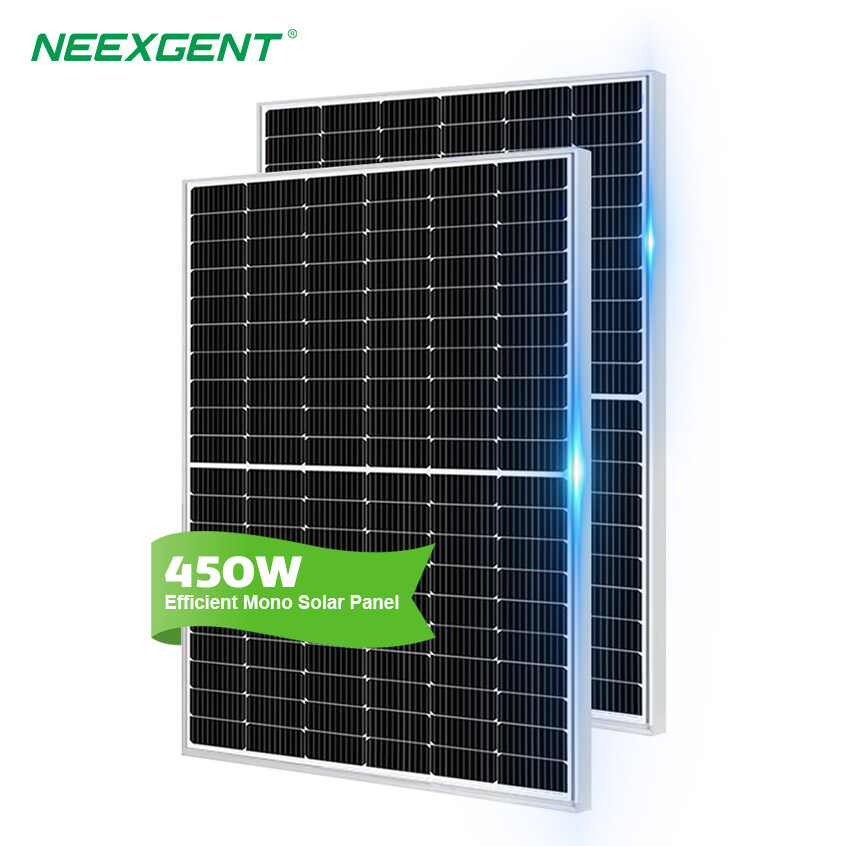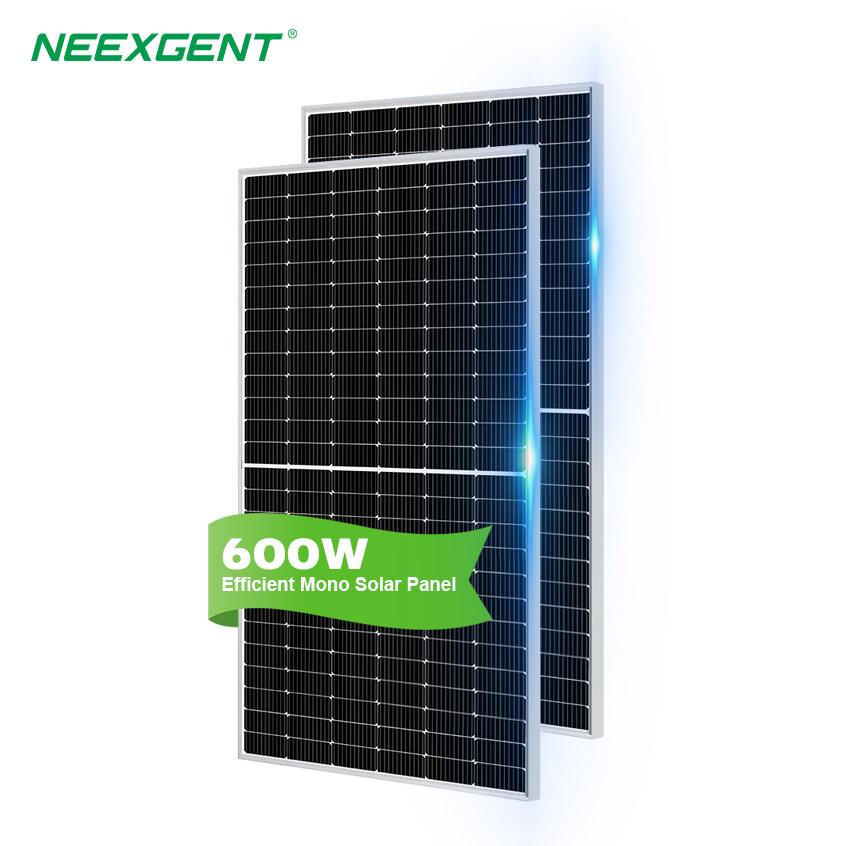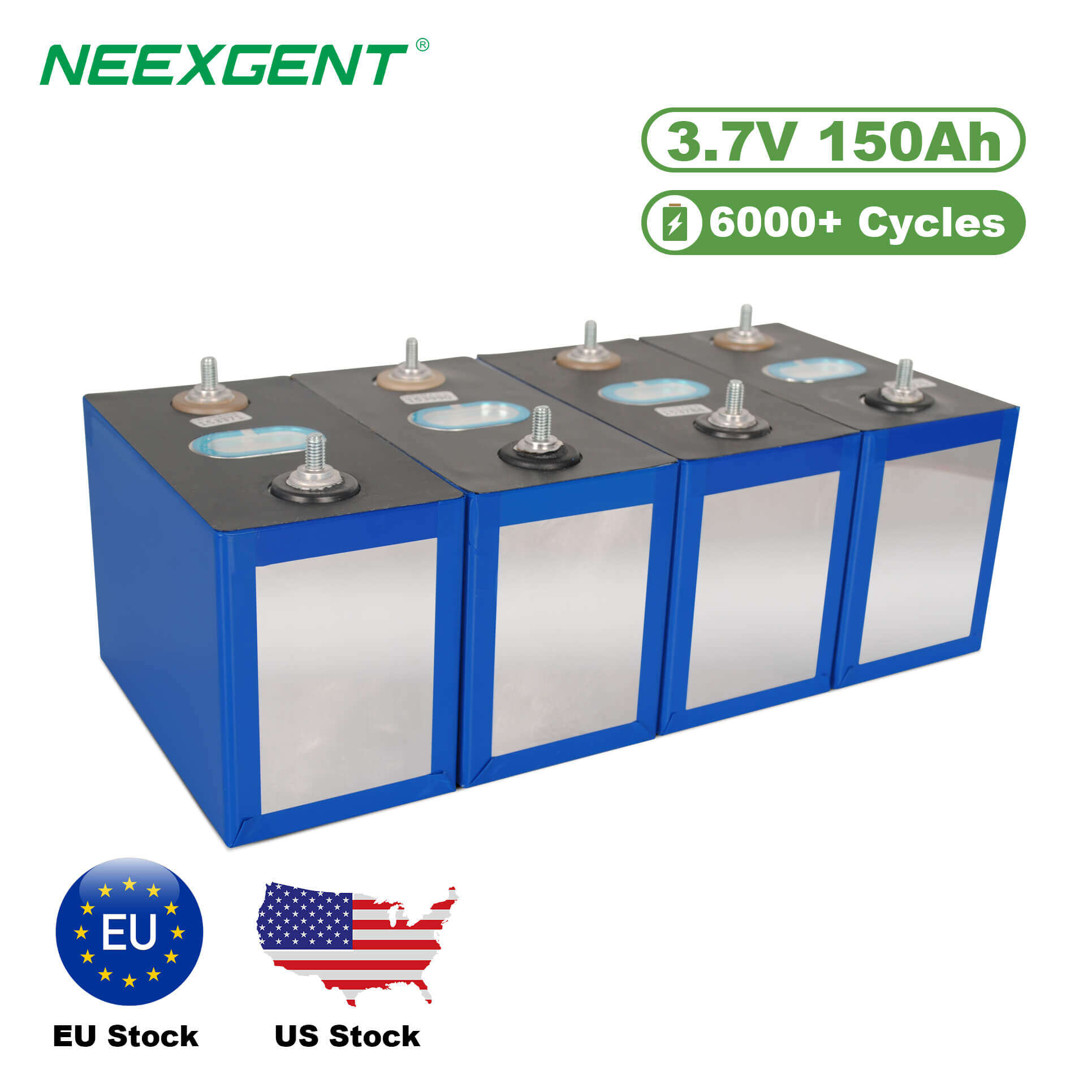Contents:
1. Transition from Daylight to Darkness
2. The Role of Batteries and Grid Support at Night
3. Nighttime Operational Subsystems
4. Monitoring Nighttime Energy Flow
Battery State of Charge Throughout the Night
5. Energy Management and Nighttime Efficiency
Solar panels convert sunlight into electricity through the photovoltaic (PV) effect, which takes place when photons from sunlight strike semiconductor materials and release electrons. During daylight, this process generates direct current (DC), which is converted into alternating current (AC) by an inverter to power homes or businesses. At night, however, the absence of sunlight stops this process entirely.
Yet modern solar systems continue to supply energy seamlessly through battery storage, grid connections, and energy management systems. Understanding this nocturnal phase requires examining how each subsystem behaves after sunset.
1. Transition from Daylight to Darkness

When the sun begins to set, irradiance declines sharply. Solar modules gradually produce less current until they reach a threshold below which they cannot maintain power conversion. The inverter’s maximum power point tracking (MPPT) circuitry detects this and places the system into standby mode.
At that point, the energy management system (EMS) automatically redirects the power supply to other available sources such as batteries or the public grid. This smooth transition ensures that the end user experiences no interruption in power availability.
2. The Role of Batteries and Grid Support at Night
2.1 Battery Storage
Solar batteries—typically lithium-ion or lithium-iron phosphate (LiFePO4)—store excess daytime energy for later use. Their discharge curve throughout the night reflects household consumption patterns, maintaining essential functions such as lighting, refrigeration, and network devices.
2.2 Grid Import
In grid-tied systems, when battery charge runs low, the inverter seamlessly draws power from the grid. The homeowner can even benefit from net metering, offsetting nighttime usage with the excess power exported during the day.
3. Nighttime Operational Subsystems

Subsystems Active After Sunset
Even though solar modules are inactive at night, several supporting components continue to function. The table below summarizes these nighttime operational parameters of a typical solar power system.
|
Subsystem
|
Nighttime Function
|
Illustrative Parameters
|
|
Photovoltaic Array
|
Idle generation; insulation and ground-fault monitoring remain active for safety.
|
Open-circuit 350–600 V DC; Current ≈ 0 A
|
|
Inverter / PCS
|
Converts battery DC to AC; follows or forms grid; manages waveform quality.
|
Standby draw 10–60 W; AC rating up to ~5 kW
|
|
Battery Storage (Li-ion/LFP)
|
Primary nighttime source; discharges to supply loads within DoD/SoC limits.
|
Usable 10–50 kWh; Round-trip efficiency 90–94%
|
|
Energy Management System (EMS)
|
Dispatches storage; enforces reserve SoC; tracks tariffs and logs telemetry.
|
Control interval 1–5 s; Forecast horizon 12–24 h
|
|
Grid Interconnection
|
Imports deficit energy; maintains synchronization and protection coordination.
|
Import power 1–5 kW (typical residential evening)
|
|
Load Controller
|
Prioritizes critical circuits to extend autonomy and preserve reserves.
|
Critical loads: lighting, refrigeration, networking
|
4. Monitoring Nighttime Energy Flow
During the night, the energy flow direction reverses—from storage to consumption. Modern monitoring systems record every kilowatt-hour discharged, providing precise analytics for optimizing daily charge cycles. Battery performance depends on ambient temperature, inverter efficiency, and discharge rate.
One of the most useful ways to visualize this nocturnal process is through a time-series plot of the battery State of Charge (SoC), which reflects how stored energy depletes steadily throughout the night.
Battery State of Charge Throughout the Night
This chart represents a twelve-hour overnight interval, showing how stored energy decreases under residential load demand. The steady decline illustrates the balance between consumption and reserve retention until the next charging cycle begins at dawn.
5. Energy Management and Nighttime Efficiency
After the charted period, systems enter a low-consumption standby stage just before dawn. The EMS monitors battery reserve levels, maintaining a minimum SoC threshold (often 20–30 %) to protect battery longevity and ensure backup capability in case of outages.
By the time irradiance rises again, the inverter reactivates MPPT control, shifting the system seamlessly from discharge mode back to charging mode.
The data collected overnight—from SoC readings, voltage logs, and grid import ratios—forms a vital part of performance analytics. Engineers use this telemetry to fine-tune control algorithms, reduce parasitic consumption, and increase overall system efficiency.







